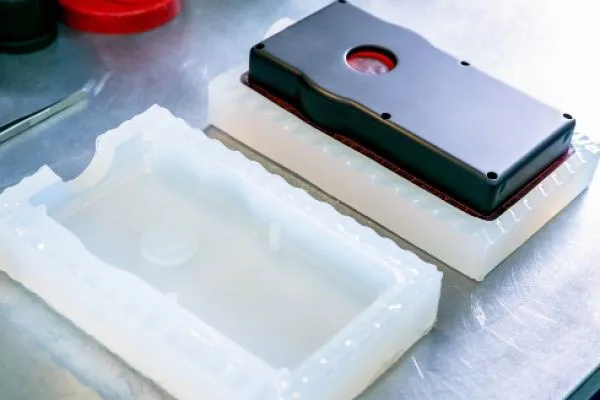In the fast-paced world of product development, where time-to-market is critical, rapid prototyping has emerged as an essential tool for bringing ideas to life. Among the various prototyping methods available, vacuum casting stands out for its versatility, cost-effectiveness, and ability to bridge the gap between concept and reality, particularly for low-volume production.
Understanding Vacuum Casting
Vacuum casting, also known as urethane casting, is a manufacturing process that involves creating high-quality replicas of a master pattern using a silicone mold and polyurethane resin.
The process leverages a vacuum chamber to remove air bubbles from the resin, ensuring a flawless and bubble-free cast. This makes it ideal for producing functional prototypes, design verification models, marketing samples, and even low-volume production runs of end-use parts.
Advantages Over Other Prototyping Methods
Vacuum casting offers several distinct advantages compared to prototyping methods like 3D printing and CNC machining. It produces parts with superior surface finish and detail that resemble the final product.
Additionally, vacuum casting supports a wider range of materials, including those with specific mechanical or aesthetic properties. Its ability to create multiple parts from a single mold further enhances its cost-effectiveness for low-volume production.
The Vacuum Casting Process Unveiled
The vacuum casting process typically involves the following steps:
- Master Pattern Creation: A master pattern, often created using 3D printing or CNC machining, is the basis for the silicone mold.
- Silicone Mold Fabrication: A two-part silicone rubber is poured over the master pattern to create a flexible and durable mold.
- Mold Preparation: The silicone mold is carefully prepared, ensuring proper venting and sealing to prevent leaks during casting.
- Material Selection: The appropriate polyurethane resin is chosen based on the desired properties of the final part.
- Casting: The resin is mixed and poured into the mold under vacuum to eliminate air bubbles.
- Curing: The resin can cure within the mold for a specified time.
- Demolding and Finishing: The cured part is carefully removed from the mold, and any necessary finishing touches are applied.

Vacuum casting parts
Versatility Across Industries and Applications
Vacuum casting’s versatility makes it a valuable tool across various industries and applications. Let’s explore some common use cases:
- Functional Prototypes: Vacuum casting allows engineers and designers to create functional prototypes that closely mimic the final product’s look, feel, and performance. These prototypes aid in design validation, testing, and user feedback.
- Design Verification and Testing: Vacuum casting facilitates design verification and testing by producing realistic models, helping identify and address potential issues before mass production.
- Marketing and Sales Samples: High-quality vacuum cast parts serve as excellent marketing and sales samples, allowing potential customers to experience the product firsthand.
- Low-Volume Production of End-Use Parts: Vacuum casting offers a cost-effective alternative to traditional manufacturing methods for products with low production volumes or those requiring customization.
Material Selection and Considerations
Vacuum casting supports various polyurethane resins, each with unique properties. These resins can simulate materials like ABS, polypropylene, and even transparent materials. Additionally, silicone rubbers and other specialty materials can be used for specific applications. Careful consideration of material properties, such as hardness, flexibility, and color, is crucial in achieving the desired outcome.
Cost-Effectiveness and Benefits
Vacuum casting is an efficient and productive choice. It is also cost-effective because it can produce multiple parts from a single mold, eliminating the need for expensive tooling. This makes it particularly attractive for low-volume production runs and projects with tight budgets.
Moreover, the relatively short lead times associated with vacuum casting accelerate the product development cycle, enabling faster time-to-market.
Conclusion
Vacuum casting, with its versatility and cost-effectiveness, has redefined rapid prototyping and low-volume production, offering an empowering and flexible solution for bringing ideas to life. Its ability to create high-quality, functional parts with a wide range of materials makes it an invaluable tool for product development across various industries.
Accelerate your product development with Nice Rapid’s vacuum casting expertise. Contact us today to discuss your project and experience the power of rapid prototyping redefined!
